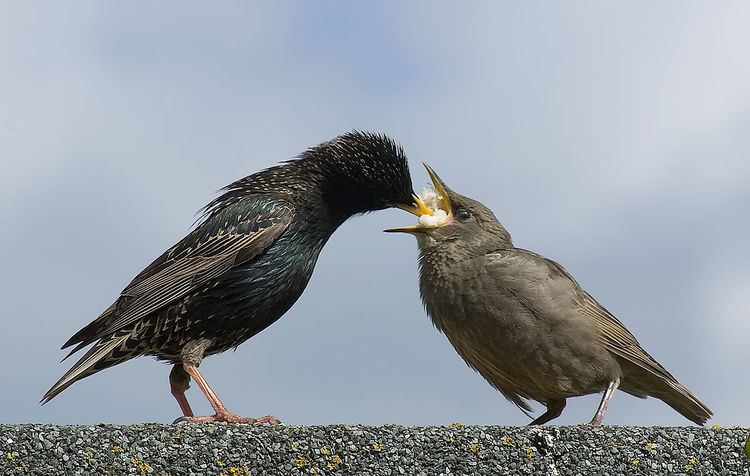 | ||
Bacterivores are free-living, generally heterotrophic organisms, exclusively microscopic, which obtain energy and nutrients primarily or entirely from the consumption of bacteria. Many species of amoeba are bacterivores, as well as other types of protozoans. Commonly, all species of bacteria will be prey, but spores of some species, such as Clostridium perfringens, will never be prey, because of their cellular attributes.
Contents
In Microbiology
Bacterivores can sometimes be a problem in microbiology studies. For instance, when scientists seek to assess microorganisms in samples from the environment (such as freshwater), the samples will often be contaminated with bacterivores, which will interfere with the growing of bacteria for study. By adding cycloheximide, the bacterivores will be inhibited and the bacteria will grow normally. For bacteria adsorbed into sediment, 2g of cycloheximide per 100g of sediment needs to be added. For experiments with spores (for example spores of C. perfringens), it is not necessary to add cycloheximide to the samples.
